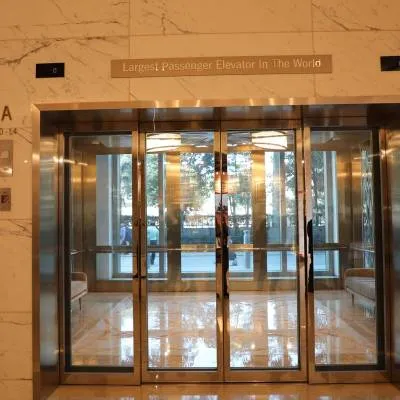Schedule a Call Back
Tighter grid rules may hit India’s renewable energy profits
 India’s proposed rules requiring renewable energy producers to strictly match their committed supply to actual generation could hurt company earnings and slow new investments, according to industry submissions reviewed on Wednesday.
India’s proposed rules requiring renewable energy producers to strictly match their committed supply to actual generation could hurt company earnings and slow new investments, according to industry submissions reviewed on Wednesday.
The Central Electricity Regulatory Commission (CERC), in its draft issued in September 2025, has proposed tighter regulations for wind and solar power producers under the Deviation Settlement Mechanism (DSM). The new framework aims to gradually narrow the permissible deviation between the power producers promise to supply and what they actually generate.
From April 2026, the formula for calculating these deviations will be revised, with tolerance limits shrinking each year until 2031 — when renewable generators will be treated on par with conventional power plants. The move is designed to improve forecasting and scheduling accuracy, ensuring greater reliability and stability in India’s expanding renewable energy grid.
Industry Concerns
Industry groups have cautioned that the proposed rules could disproportionately affect wind projects, whose generation depends heavily on unpredictable weather patterns, unlike solar, coal, or gas-fired plants that can regulate output.
“These penalties could cause huge losses, especially for older projects that were built under different rules,” said the Wind Independent Power Producers Association (WIPPA) in a letter to the CERC. The group estimated that some wind projects could lose up to 48 per cent of their revenue under the new mechanism.
Earlier this year, WIPPA challenged the 2024 deviation regulations in court, arguing that the proposed changes would impose a significant financial burden on developers.
The National Solar Energy Federation of India (NSEFI) also warned in its submission that stricter deviation limits could undermine project viability and discourage future investment in clean energy.
Policy Context
India aims to double its non-fossil-based power capacity to 500 gigawatts as part of its broader energy transition strategy. While the government seeks to improve grid discipline and forecasting accuracy, renewable developers say such measures must be balanced to avoid discouraging growth in a sector critical to meeting national climate goals.


Subscribe Now
Subscribe to our Newsletter & Stay updated
RECENT POSTS
Popular Tags
Folliow us
Related Stories
PALFINGER Reinforces India Focus at EXCON 2025
PALFINGER strengthened its long-term commitment to India at EXCON 2025, marking its largest participation at the exhibition with a 1,000 sq m boo...
Inside the World’s Largest Passenger Elevator at Jio World Centre
KONE India recently hosted a media tour at Mumbai’s Jio World Centre, offering journalists a first-hand experience of the world’s largest pas...









